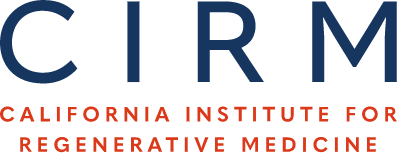The University of California San Francisco Shared Research and Teaching Laboratory: a Non-Federal Human Embryonic Stem Cell Resource for the Bay Area Community
The University of California, San Francisco (UCSF) has a long history of making innovative discoveries that change the way scientists and clinicians think about disease processes and their approaches to…



